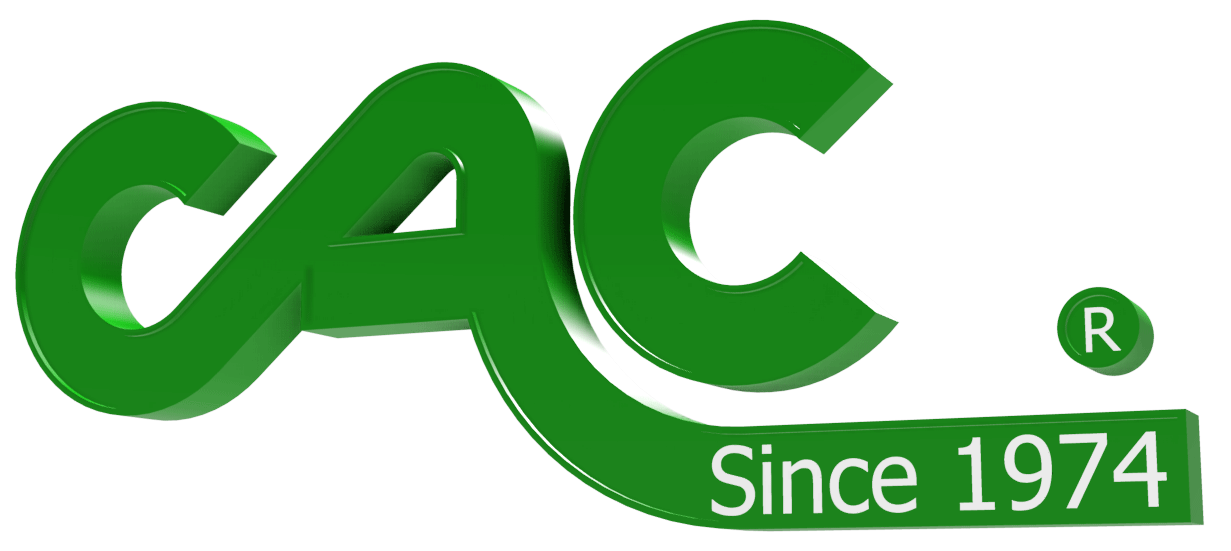Divorcing Tension Zones in a Pull Through system | |
|
"Pull through" systems are rarely used for processing webs. However, they exist in the converting industry. We will discuss why it may be a good idea to "divorce" tension zones in a pull through systems. Pull through systems often exist for simple unwind / rewind systems. Possibly used for web inspection or for winding smaller rolls of material off of a master (larger) roll of material. The term, pull through system is referring to any web processing or web handling system where the rewind shaft pulls the web through the process, directly off the unwind roll. There is only one drive system and one power transmission device whatever is driving the rewind shaft. The unwind typically has a brake transmitting torque to the unwind shaft to keep the web under tension. Perhaps the main disadvantage to pull through systems is the linear speed of the web increases as the rewind roll diameter grows. Assuming the rewind shaft RPM is not changed as the rewind roll diameter grows, the linear speed of the web will proportionally increase with rewind roll diameter build. If the web was traveling at 100 feet per minute with an empty 36" core; the speed will be 200 feet per minute at 6" roll diameter. Another disadvantage to pull through unwind / rewind systems is the web tension can be very difficult to control because one tension zone will be effected by decreasing roll diameter at the unwind while also being effected by increasing rewind roll diameter build. This is an interesting, somewhat hard-to-predict dynamic effecting the web. If you are using pull through unwind / rewind systems, successfully, these disadvantages may not be a concern for you. However, it is possible to divorce the unwind from the rewind with a driven nip roller assembly where desired. A nip roller assembly includes two rollers loaded together usually (pneumatically) through which the web is fed. This nip roller assembly will be independently driven, usually with a variable speed drive. The speed of the machine is set by the nip roller assembly. Since roll diameters do not change in the nip roller assembly, as they do when a roll of material is being rewound, web speed remains constant as the process runs. The nip roller assembly pulls the web from the unwind and the rewind pulls the web from the nip. Unwind tension zone is separate from the rewind tension zone. Each may be accurately controlled individually with separate tension values. The rewind shaft will need variable speed capability to decrease RPM as the rewind roll grows. This speed variance can be accommodated with direct, controlled variable speed or through a slip clutch. As we discussed at the start of this article, most converting processes include two or more tension zones. However, where pull through systems exist, it is possible to convert them to separate tension zone processes where desired. | |
|
**DISCLAIMER - A great deal of time has been invested in the development of our weekly tech tips. To the best of our knowledge, they are accurate. It is up to the user to verify all results. THE AUTHOR ASSUMES NO LIABILITY CONNECTED WITH THE USE OF THIS INFORMATION OR THE RESULTS OBTAINED FROM IT. | |






